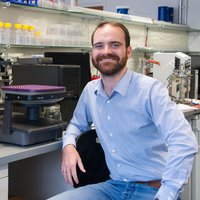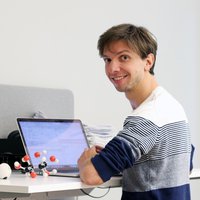Biotechnology & medicine
Qiaomei Fu
Unveiling the genetic history of modern humans

Europe
Dominik Schumacher
His molecular superglue will make anticancer drugs more effective and with fewer side effects

Asia Pacific
Anjali Jaiprakash
Light field retinal diagnostic system to decrease preventable blindness globally.

China
Teng Li
Low-cost microbial synthesis process for PHA bioplastics, which enables its mass production

Europe
Francesco Gatto
His liquid biopsy based on the metabolism could quickly predict the evolution of several types of cancer and fine-tune treatments
